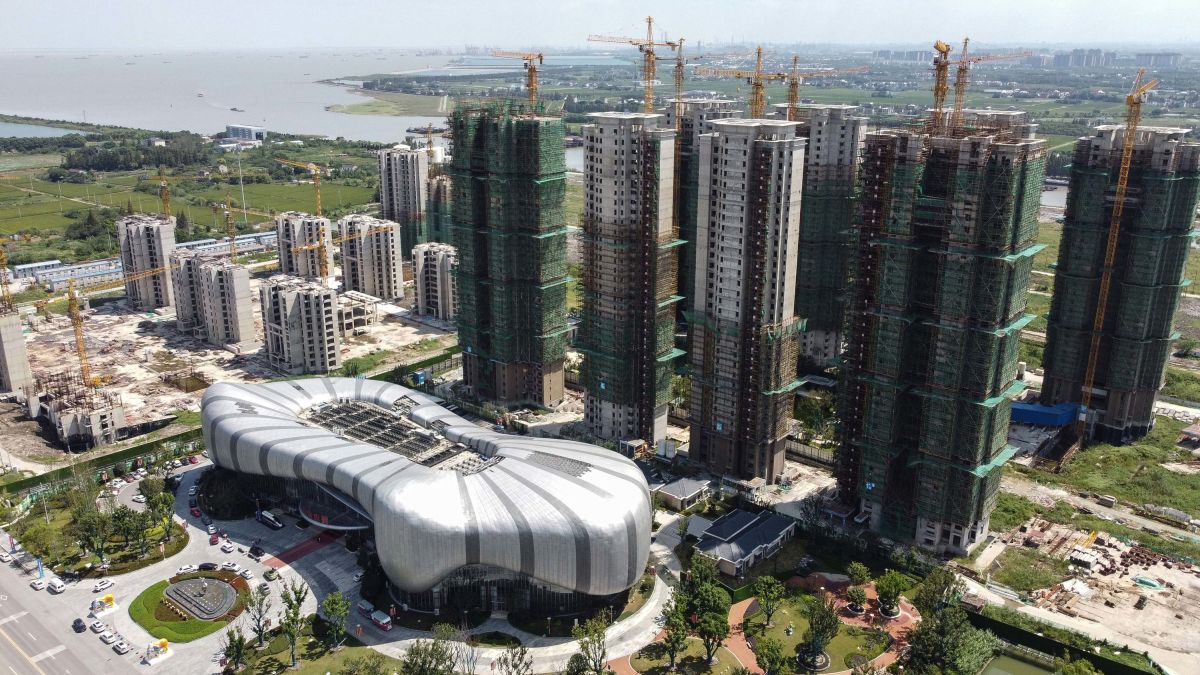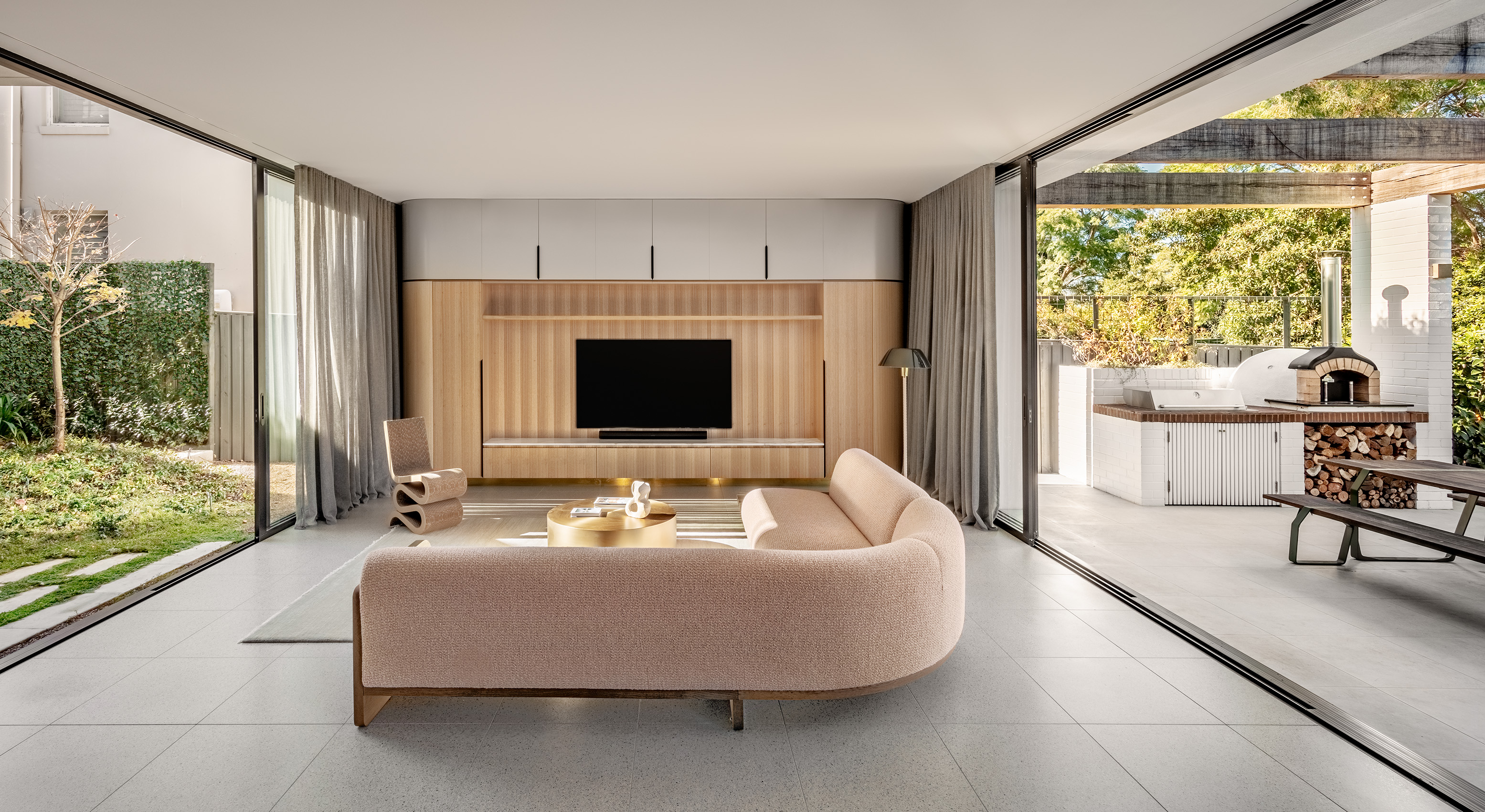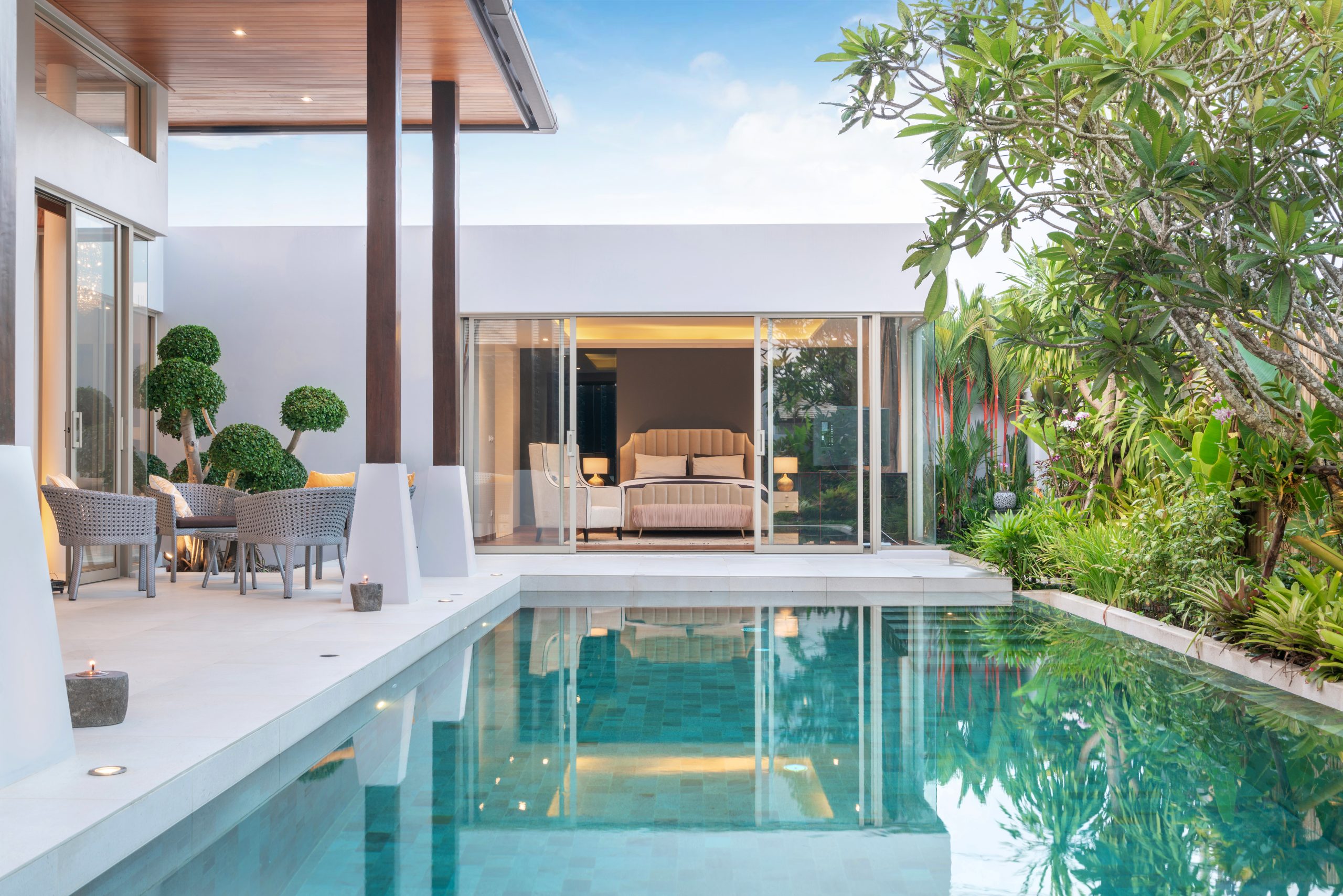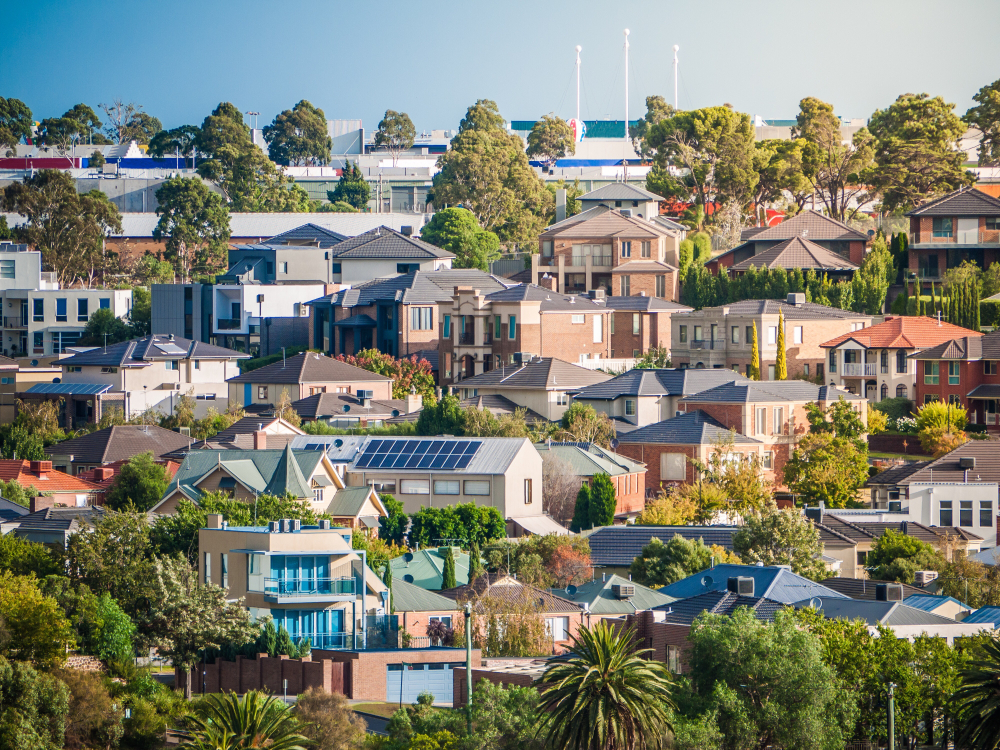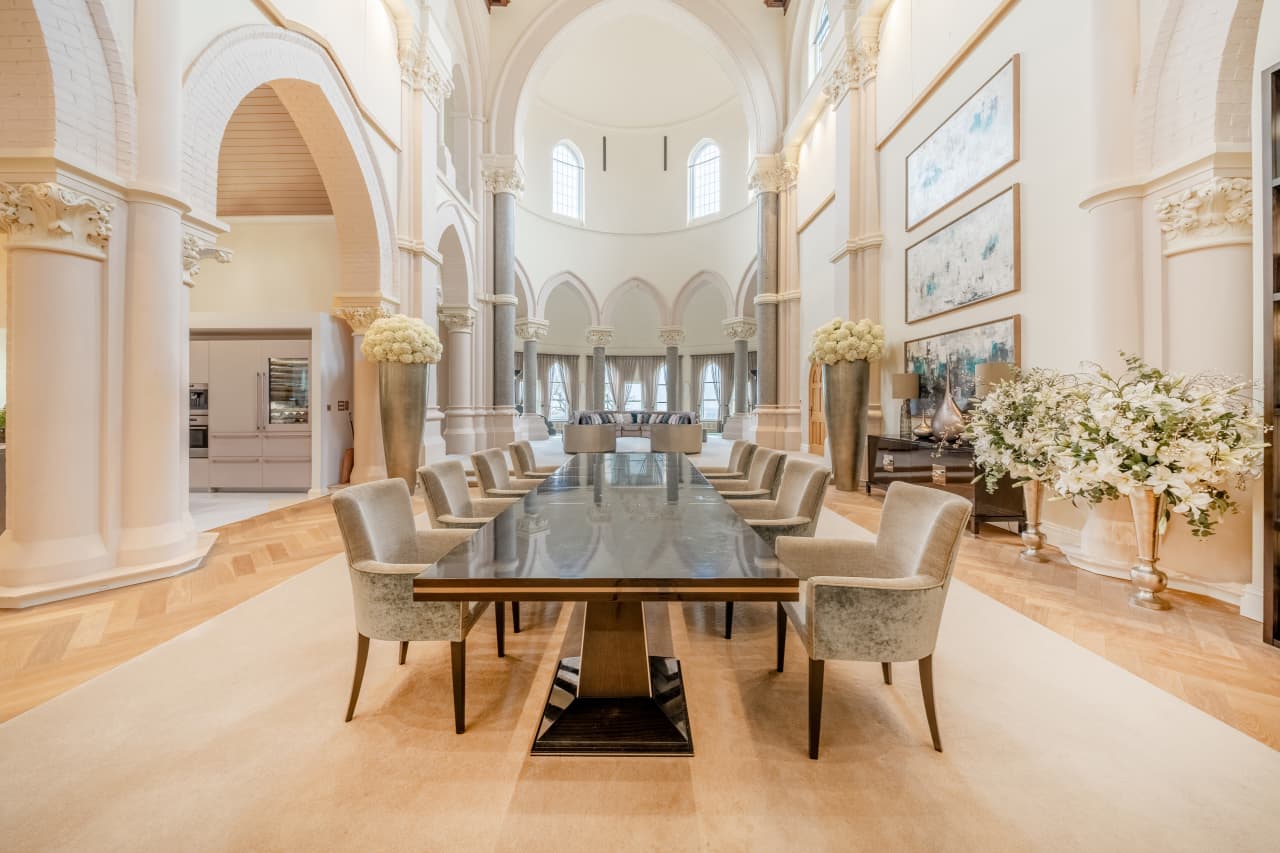China Makes Preparations For Evergrande’s Demise
Beijing is asking local officials across the country to prepare for a ‘possible storm’.
SINGAPORE—Chinese authorities are asking local governments to prepare for the potential downfall of China Evergrande Group, according to officials familiar with the discussions, signalling a reluctance to bail out the debt-saddled property developer while bracing for any economic and social fallout from the company’s travails.
The officials characterised the actions being ordered as “getting ready for the possible storm,” saying that local-level government agencies and state-owned enterprises have been instructed to step in to handle the aftermath only at the last minute should Evergrande fail to manage its affairs in an orderly fashion.
They said that local governments have been tasked with preventing unrest and mitigating the ripple effect on home buyers and the broader economy, for example by limiting job losses—scenarios that have grown in likelihood as Evergrande’s situation has worsened.
Evergrande faces a series of bond payments in the coming weeks, including one closely watched deadline Thursday for an interest payment on an offshore bond.
Local governments have been ordered to assemble groups of accountants and legal experts to examine the finances around Evergrande’s operations in their respective regions, talk to local state-owned and private property developers to prepare to take over local real-estate projects and set up law-enforcement teams to monitor public anger and so-called “mass incidents,” a euphemism for protests, according to the people.
Spokespeople for Evergrande and the information office of China’s cabinet, the State Council, didn’t immediately respond to requests for comment. Last week, Evergrande said it had hired financial advisers, and reiterated that default was a risk. It warned of tremendous pressure on its cash flow and liquidity, but said it was “strengthening implementation of measures to ease the liquidity crisis,” and said the advisers would explore ways to reach “an optimal solution for all stakeholders.”
Evergrande is a 25-year-old developer based in the southern metropolis of Shenzhen. It has projects—about 800 in progress and spread across more than 200 cities—in every province of mainland China, according to its most recent annual report. Its deepening financial troubles have rattled investors, employees, suppliers and home buyers, and begun to spill over into other parts of the Chinese economy.
The company said work on some of its real-estate projects was suspended after it delayed payment to suppliers and contractors. Some unpaid contractors and would-be homeowners have protested at Evergrande’s offices.
China’s top financial regulator, the Financial Stability and Development Committee, earlier this month told provincial governments to set up working groups to monitor social and economic instability around Evergrande, some of the people said. The Evergrande situation comes ahead of a closely watched leadership meeting next year.
Policy makers are also considering gradually easing some property curbs in smaller Chinese cities, such as making ownership of a second home easier, according to one of the people. They could also moderate some of the stringent deleveraging measures on property developers that helped push heavily indebted Evergrande toward the precipice in recent months, this person said. Even so, any such moderation of the policies would be confined to smaller cities, and wouldn’t change the larger nationwide campaign to rein in the property sector, this person said.
Given the importance of the property sector to the country’s economy, Beijing “will need to prevent a fast and sharp housing deterioration,” Morgan Stanley told clients this week. Possible easing measures, the investment bank said, include boosting fiscal spending, further cutting the amount in reserves that banks must hold and making mortgage loans easier to obtain.
Real estate directly accounts for 7.3% of national gross domestic product, according to official figures, though analysts say that real estate and real-estate-linked industries collectively drive nearly one-third of economic output.
China has struggled for years to calibrate its housing policies. Prices have marched steadily higher in the years since the real-estate market was liberalized more than two decades ago. In recent years, prices had risen out of reach for many households, raised corporate and household debt levels and sparked concerns about a debilitating burst bubble.
In recent months, stabilizing the market has become a priority for leader Xi Jinping, with officials repeating the mantra: “Homes are for living in, not for speculation.”
The latest buying frenzy began in early 2020, as the government turned to property investment to help offset a pandemic-induced blow to exports and domestic spending. By the late summer last year, authorities, fearing that the housing market had become overheated, introduced a set of policies to cool down the sector—and, in particular, to rein in the heavy borrowing of property developers.
Most prominent among the measures last year was a “three red lines” policy that requires developers to bring down debt levels below certain thresholds before they are able to borrow more money from financial institutions.
To comply, Evergrande has scrambled to unload some of the shares it owns in its noncore assets, including parts of its electric-vehicle business, whose market value peaked at more than $80 billion this year before collapsing amid concerns about the financial health of the parent company. Earlier this summer, Evergrande also sold stakes in its internet business.
Now, with the market bracing for the possibility of a disorderly collapse of Evergrande, officials are likely to draw on their experience managing similar blowups, most recently organizing a bailout of China Huarong Asset Management Co., the largest Chinese manager of nonperforming loans and other bad debt. Earlier this year, a Chinese court ruled to begin bankruptcy proceedings to embattled Chinese conglomerate HNA Group Co.
In a Tuesday memo to employees for China’s Mid-Autumn Festival, Evergrande’s founder and chairman, Hui Ka Yan, acknowledged the company’s unprecedented difficulties, but vowed to push through the pain.
“I firmly believe that Evergrande people’s spirit of never admitting defeat, and becoming stronger when the going gets tough, is our source of strength in overcoming all difficulties!” wrote the 62-year-old Mr. Hui.
Fearing a housing bust that could trigger social unease, one district-level government in the southwestern province of Guizhou urged officials to ensure migrant workers employed on Evergrande projects received their salaries, according to a copy of an official notice viewed by The Wall Street Journal.
The notice, which was sent to a group of local officials assigned to deal with potential Evergrande fallout, called on cadres to “attach great importance to the seriousness of Evergrande’s problems.” Local authorities should “dare to act, cooperate closely and make every effort to resolve Evergrande’s debt crisis,” it said.
Guizhou’s provincial government didn’t respond for comment.
 Copyright 2020, Dow Jones & Company, Inc. All Rights Reserved Worldwide. LEARN MORE
Copyright 2020, Dow Jones & Company, Inc. All Rights Reserved Worldwide. LEARN MORE
This stylish family home combines a classic palette and finishes with a flexible floorplan
Just 55 minutes from Sydney, make this your creative getaway located in the majestic Hawkesbury region.
Futureproof your home and maximise your return with design directions that focus on contemporary ways of living
Looking to build, or renovate, a home in 2024? You’re not alone. According to a recent study from Resolve Finance, over a third of Australian homeowners are planning to renovate their current properties in the next 12 months. And if the Federal Government achieves its ambitious goal of delivering 1.2 million new dwellings over the next five years, there will be many new home owners looking to build their dream home in 2024 and beyond.
But before tackling such a behemoth task, considering all the latest—and future—architectural trends is pivotal in your new build’s success. Award-winning architect and interior designer, Georgina Wilson said sustainability will be at the forefront for many interested in energy efficiency and saving money on power bills.
“Elements of passive design are moving into the mainstream. Improvements in the technology with double glazing, building wrapping and insulation are meaning that more people have access to these materials,” Ms Wilson said. “Solar has proven itself and homeowners are now looking for other ways to make their home more efficient.”
The following eight trends reflect a growing emphasis on sustainability, flexibility, and wellbeing in residential architecture, catering to the evolving needs and preferences of homeowners in 2024.
—
1). Consider your colour palette
The colours you use say everything about the type of spaces you want to foster, whether they be bright and warm, dark and moody, neutral — the list goes on. If we’re looking to trends, earthy, calming neutrals are in — think brown, beige and eucalyptus green. Colours that feel natural and soft, but welcoming provide an inviting environment that’s easy to live with.
However, interior designer and stylist, Jono Fleming said contrast is important to create interest and one of the most powerful ways to do this is through colour.
“It doesn’t have to be a big splash of colour, it could be introduced through smaller decorative objects, a statement furniture piece or an artwork, but the colour should add balance to the space,” he said.
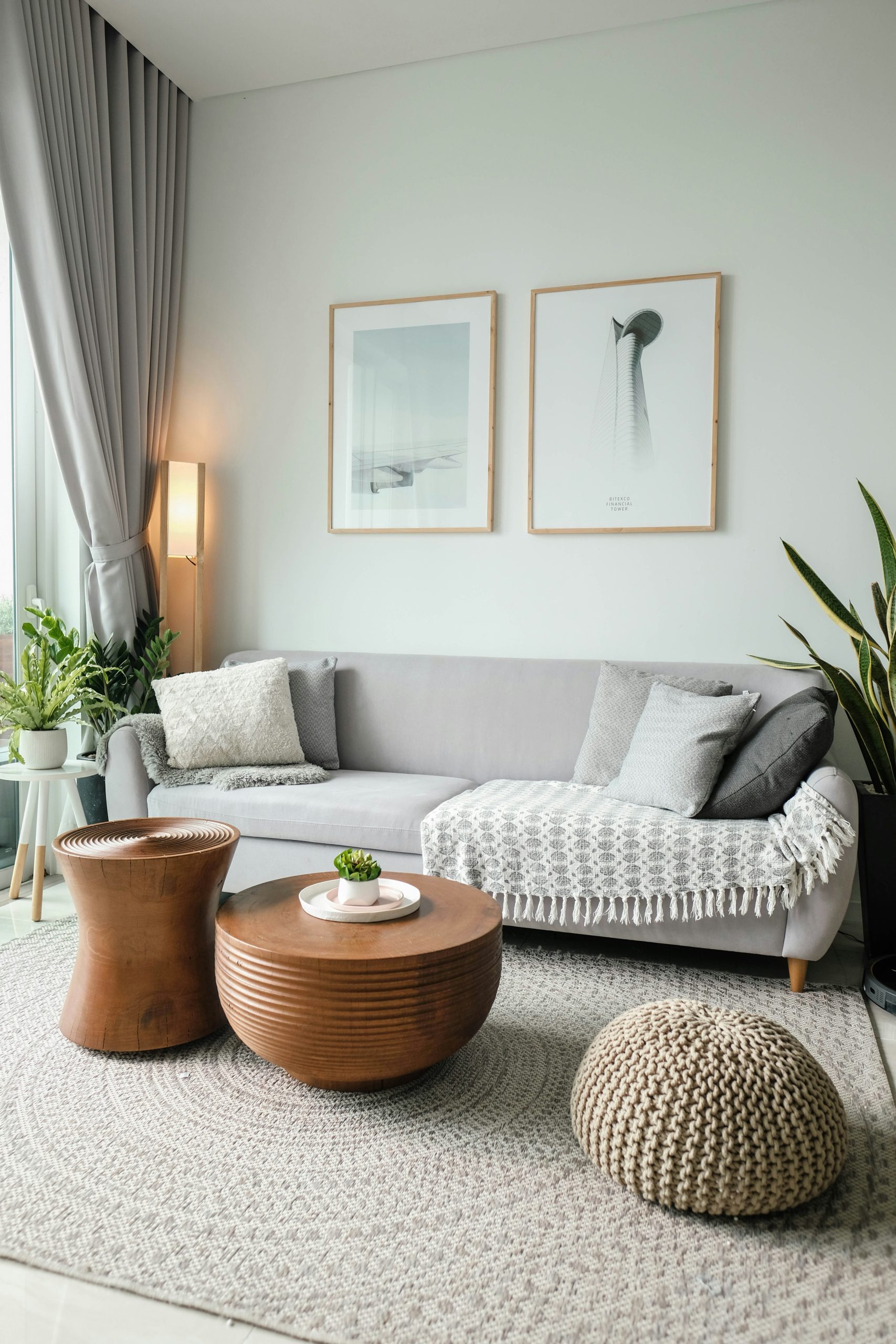
2). Modern, outdoor living areas
Ever since the COVID pandemic and subsequent lockdowns, expanding living spaces to the outdoors has gained in popularity. Features like plant-filled front porches, outdoor kitchens, fire pits, and cosy seating areas create inviting spaces for relaxation and entertainment for all family members.
“There has definitely been a greater appreciation for outdoor living spaces since COVID,” said Ms Wilson. “Outdoor fabrics and mechanisms for shading have greatly improved in recent years allowing people to fully embrace seamless indoor/outdoor living.”
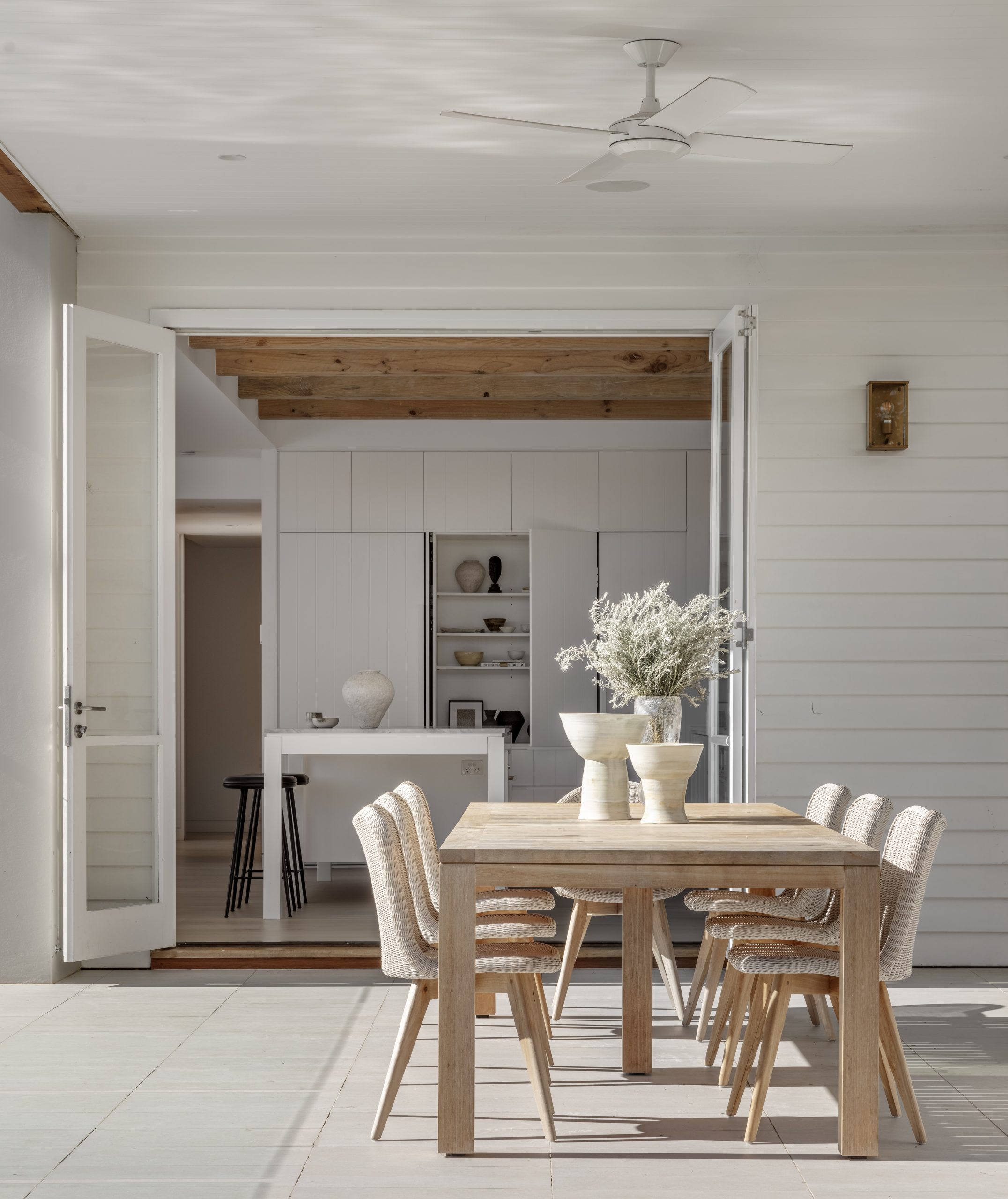
3). The integration of smart technology
Integrating smart home technology throughout your home continues to gain traction with homeowners. As we increasingly look to rely on technology to make our lives all the more seamless, smart technology throughout allows homeowners to control a variety of tasks and zones remotely, enhancing convenience, security, and even energy efficiency. This can include controlled heating and cooling from your phone, automatic lightning, voice control commands, and more.
“The technology for seamless appliances has come a long way. At Salone del Mobile Milano this year, we experienced the new Gaggenau fully integrated induction bench top, which in terms of kitchen design, is a huge advancement,” said Ms Wilson.
Gaggenau, the German manufacturer of high-end home appliances, is at the forefront of smart home technology, paving the way for intelligent cooking appliances that learn and adapt to user preferences. Gaggenau’s essential induction cooktop, the functional and seamless cooking surface Ms Wilson speaks of (pictured below), is designed to be “seamlessly integrated into a kitchen’s worktop”.
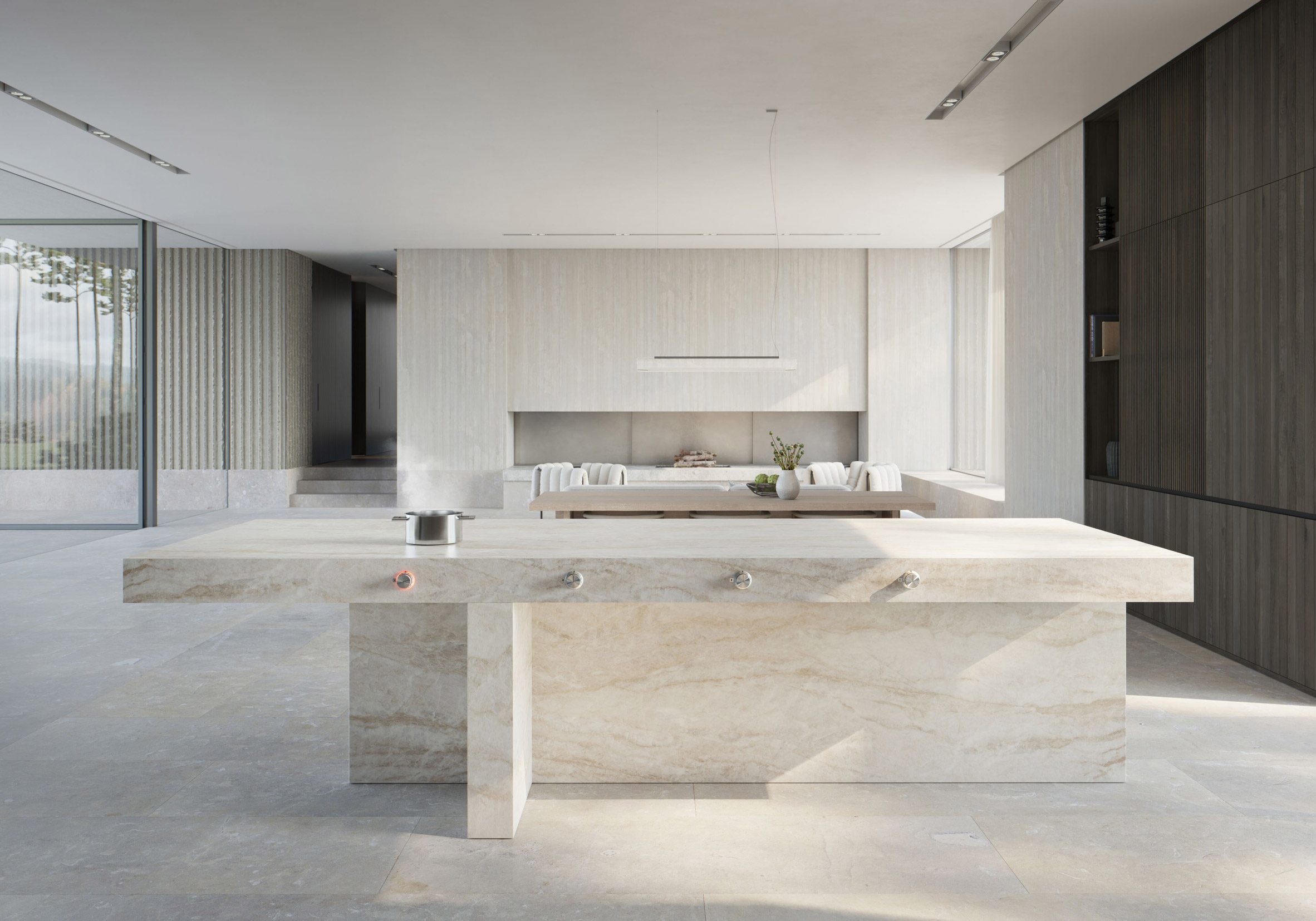
4). Health and wellness features
Prioritising health and wellness in 2024 is paramount, and home design that can include features like air purification systems, dedicated exercise spaces, recovering hubs—like saunas and ice baths—and relaxation areas to support physical and mental wellbeing will go a long way in not only adding value to your home, but providing a space that is architecturally on-trend and with the times.
“I’m seeing a lot of demand for in-built saunas, both traditional and infrared, particularly in the homes of our US clients,” said Ms Wilson.
“Bathroom suppliers such as Kohler, Duravit and Toto are offering increasingly sophisticated products that incorporate an almost spa-like experience in your at home bathroom. Examples of this are fantastic multi-nozzle showers and steam showers, Japanese toilets incorporating bidet technology, and elegant and serene bathroom furniture that can be fully customised for clients.”

5). Sustainability is key
A common goal among homeowners and future buyers alike is to own a property that is flexible enough grow with them. Futureproofing your home with sustainable measures will not only ensure its longevity, but it will help homeowners to play their part in addressing their carbon footprint.
“The current cost of living crisis is leading to a lot more multigenerational living, meaning families are prioritising durable materials and sustainable power sources, like solar,” said Ms Wilson.
Consider adding solar panels to your home, utilising sustainable materials in any upcoming renovations or builds, like recycled timber, and utilising energy-efficient lighting throughout your home.
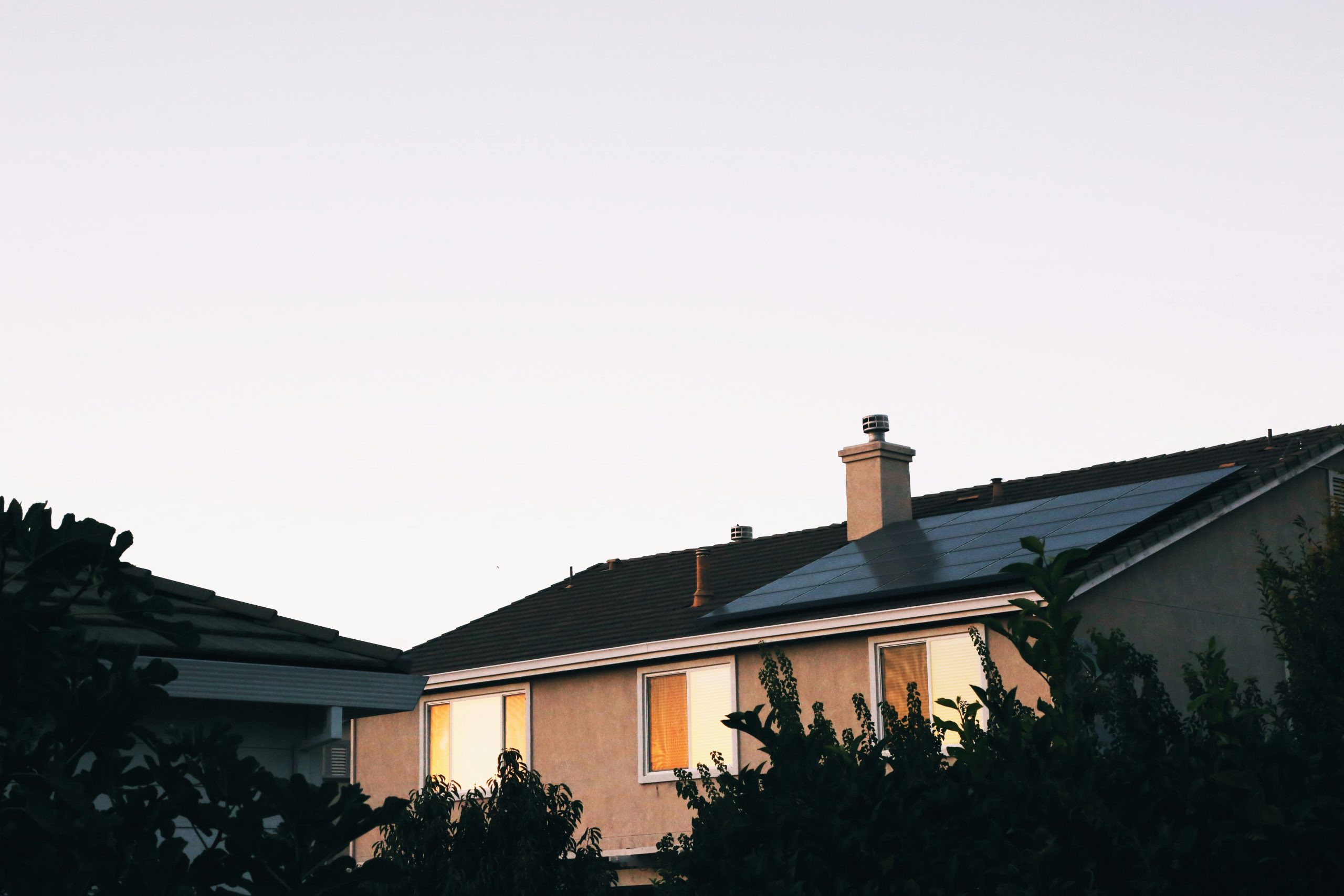
6). Minimalist design
Do as the Scandinavians do – introduce minimalist design into your home. Embrace simplicity and clean lines with a focus on interior design. Decluttering in main living spaces is surprisingly effective. Adopting the approach of ‘Swedish Death Cleaning’, which essentially involves slowly ridding your house of unwanted or unused items once you reach the other side of 50, will also help you whittle your possessions down to the beautiful and the necessary.
Minimalist design in home appliances is also making a resurgence in 2024 according to Ms Wilson.
“What I’ve been interested to see at Salone del Mobile Milano in 2024 is a huge return to stainless steel finishes, and more and more seamless integration of appliances,” said Ms Wilson.
“We’re seeing timeless materials in reimagined applications: copper baths and stainless steel basins are emerging trends with the potential to be timeless. These materials are so practical, and pair beautifully with natural stone and timbers.”
Above all, maximising different spaces through efficient and effective storage options will also do wonders in achieving that minimal aesthetic.
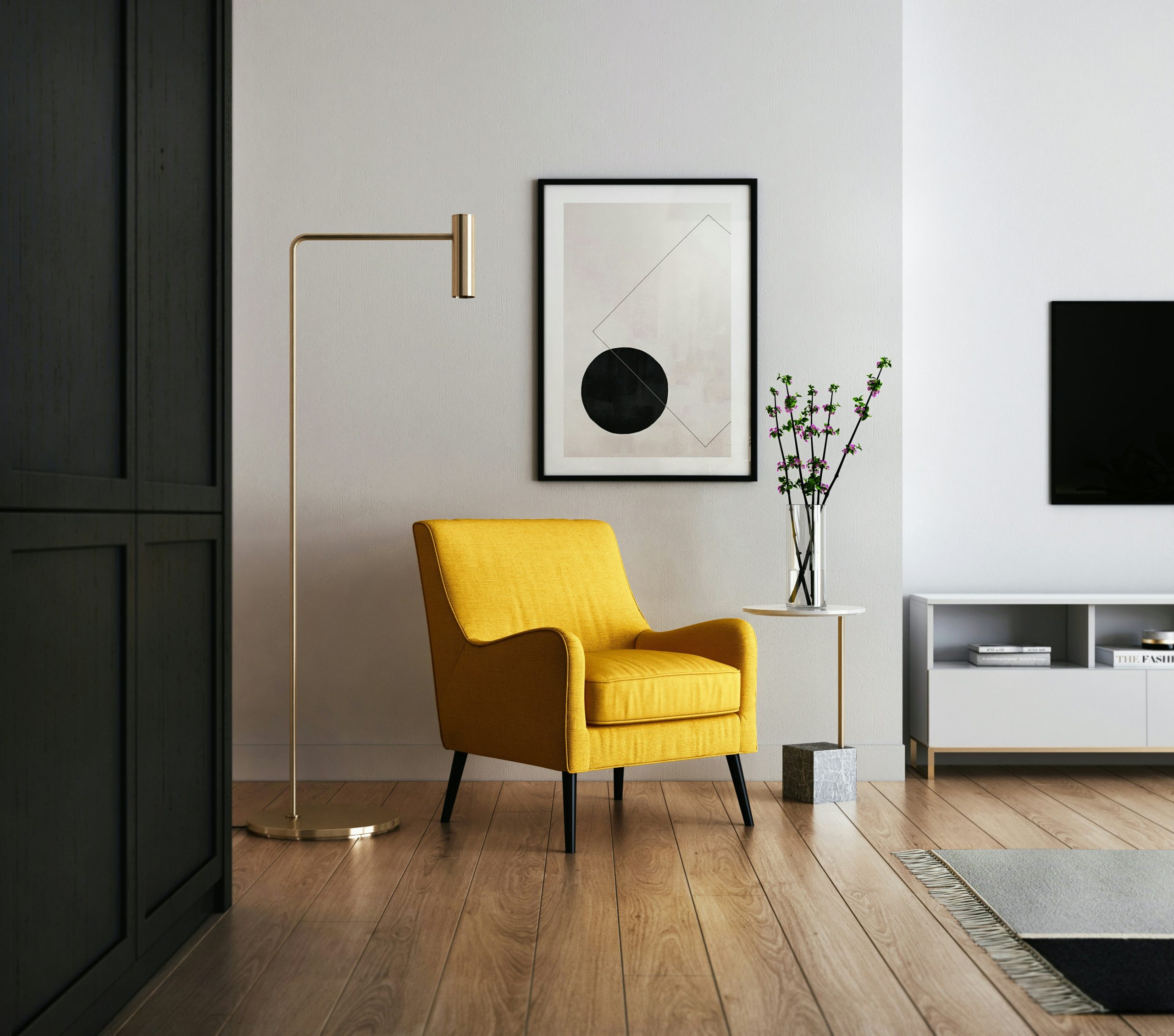
7). Multifunctional spaces
As we move towards greater efficiency of space, it’s useful to consider multifunctional spaces throughout your home. In 2024, we are seeing more homes incorporate multifunctional spaces and trends. This includes using multifunctional furniture in main bedrooms or living spaces—furniture that can act as storage ottomans or convertible sofa beds—as well as transforming wasted space, and open up indoor to outdoor living.
“Multifunctional spaces in homes are a great idea. Particularly in small homes, it makes a lot of sense to achieve maximum value out of the limited space available. The way you use a space can change as your family evolves over time, so it’s always good to design in such a way that allows for flexibility,” said Ms Wilson.
“Make sure that the functions you allocate to a single room are compatible with the space available and each other. For example, it works really well to combine a living room, a dining room and a kitchen in one open plan space because these are all public, lively spaces. It doesn’t work very well to combine, say a study, with these spaces because you will want control over the visual and acoustic privacy in a study.”

8). Think about biophilic design
A buzz word among architects and interior designers, biophilic design is one of the strongest trends in 2024 thanks to its benefits in garnering a sense of harmony and connection between your home and the environment. Consider incorporating natural elements into home design, such as large windows to maximise natural light, indoor gardens, and natural materials like wood and stone.
“Biophilic design is a timeless principle, in that home design should connect people in a positive way with their natural environment by maximising access to, and the ability to control, natural light and ventilation, which really helps to create an enjoyable (and healthier) environment to live in,” said Ms Wilson.
“Increasingly, there is a demand for this positive relationship to the natural environment; by leaning on the principles of biophilic design, you can create a haven and retreat at home that can help with the daily stresses of life.”
Ways to foster that indoor-outdoor connection can be through the addition of smaller internal courtyard spaces filled with greenery, or incorporating indoor plants and adding greenery into different rooms throughout your home.
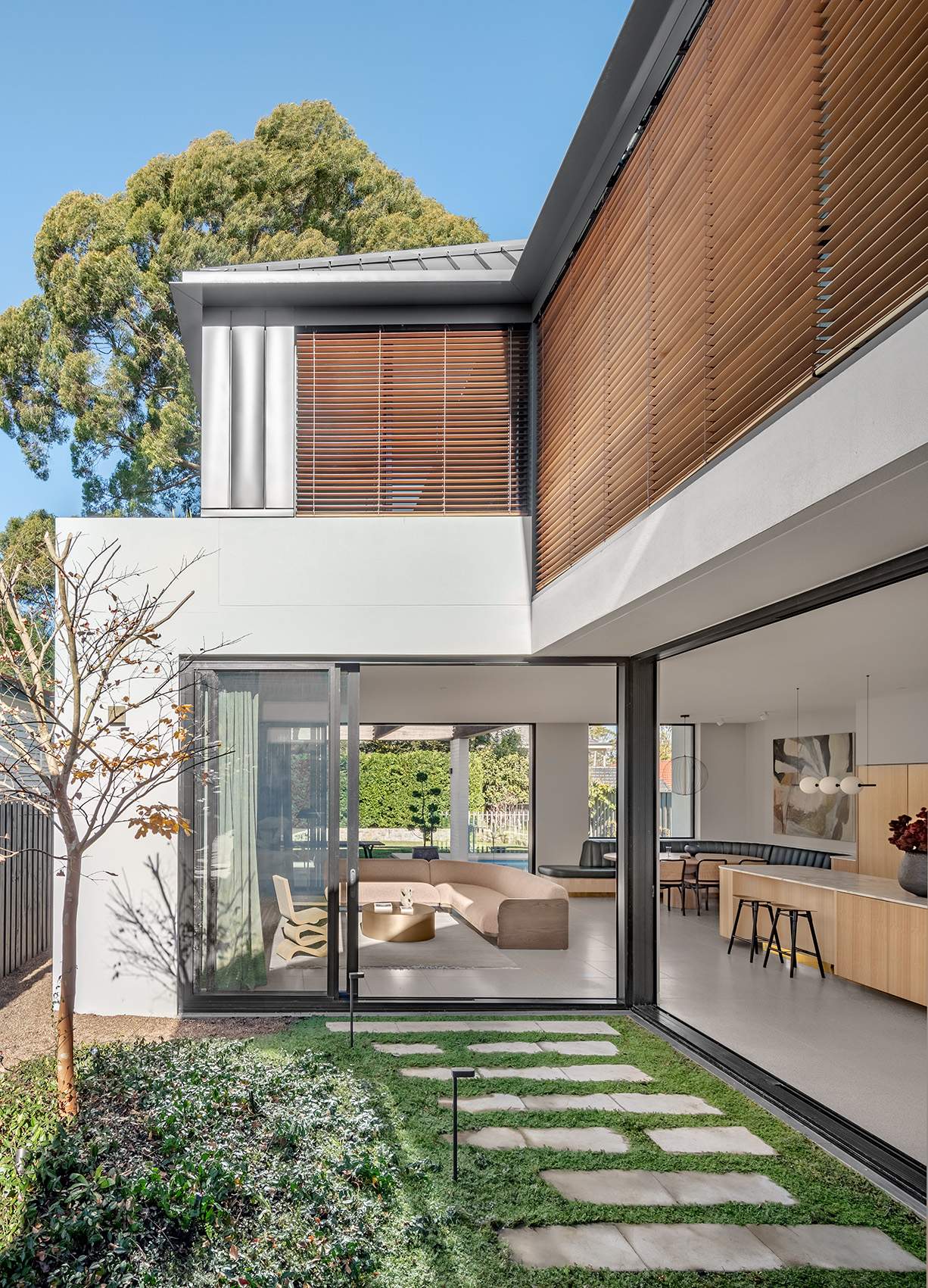
—
This stylish family home combines a classic palette and finishes with a flexible floorplan
Consumers are going to gravitate toward applications powered by the buzzy new technology, analyst Michael Wolf predicts









